For Tillandsia lovers, this is a very exciting and eagerly awaited time. There’s a lot to learn about what happens during and after your air plant blooms and how to care for it without damaging the flowers.
Anticipating the Bloom
One of the exciting parts of having air plant flower is finally seeing their flowers after waiting for a while. Depending on the type of Tillandsia you have, you might see a bloom spike or inflorescence that can last a long time, sometimes even months. Other air plants have flowers that don’t last as long, maybe just a few days. Also, different types of air plants produce different amounts of flowers, from just one small bloom to many flowers.
Energy and Growth During Blooming
When Tillandsia is blooming, the mother plant is putting in a lot of effort. It might seem like all its energy is going into the pretty flowers, but it’s also starting to grow new baby plants, called pups. The mother plant uses a lot of energy to help these new plants grow.
During this time, it’s important to take extra good care of your air plants. Because it’s working so hard, it needs more frequent watering. Be careful not to get the actual flower wet, as this can cause it to wilt or rot. It’s also a good idea to give your air plant some extra fertilizer during the bloom time. This extra nourishment helps the plant grow strong pups faster.
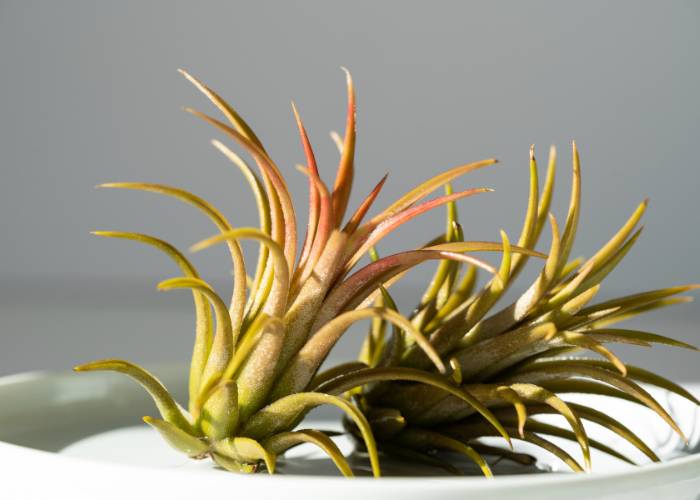
Post-Bloom Care
Air plants bloom only once in their life, so you have a choice of what to do with the flowers. You can leave the dried flowers on the plant, or you can use scissors to cut them off. If you cut the flowers off, more energy will go towards growing new pups.
Many people are surprised to learn that air plants start to die after they bloom. However, this doesn’t happen immediately, and the new pups will continue to grow and bloom in their own time. With good care, your pups will eventually become big and strong enough to bloom themselves, and the cycle will start over.
Part of the joy of having Tillandsia is enjoying them at all stages. Let nature do its thing, and you’ll enjoy having healthy air plant with beautiful blooms.
How to Get Air Plants to Bloom
To encourage your Tillandsia to flower, the two most important things are the right amount of nutrients and plenty of bright, indirect sunlight. Other important factors are water, humidity, and temperature.
1. Light
Light is crucial for the blooming process. It’s important to keep your plants in a spot where they can get bright but indirect light for at least 5 hours each day. It’s key to know the difference between bright light and direct sunlight for proper air plant care, especially for blooming. Bright light is perfect for most air plants because it gives them the light they need for photosynthesis without causing sunburn or other damage.
2. Water and Fertilizer
Proper watering and fertilizing are also very important. Regular watering and fertilization provide the nutrients that air plants need to grow and bloom. To care for air plants, you should know how often and how much to water them. This depends on the humidity and light levels where the plants are. Generally, for indoor plants, soaking them for 20-30 minutes once a week is recommended. However, if your plants are blooming, soaking might be tricky because you don’t want to damage the flowers. If you can soak them without submerging the flowers, that’s great; otherwise, use the misting method instead.
3. Humidity and Temperature
Humidity is important for air plant flower growth and should be kept between 50-70%. Temperature also affects blooming. Air plant do best when the temperature is between 50-90°F (10-32°C). If it gets too hot or too cold, it can stress the plants and prevent them from flowering or shorten the blooming time. It’s important to keep the temperature stable.
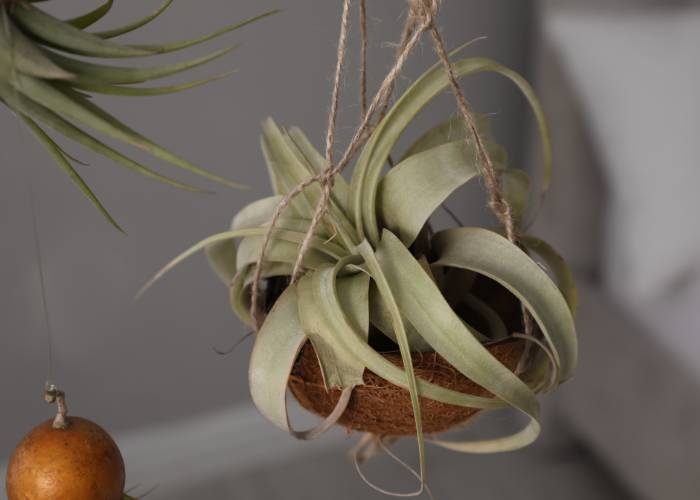
Why Do Air Plants Bloom?
Air plants bloom as part of their natural life cycle. The blooming process is essential for the species to continue. Like all plants, Tillandsia go through a reproductive phase that involves pollination and fertilization. Without this, Tillandsia would eventually die out.
Various factors influence blooming, such as the plant’s age, species, and overall health. Blooming usually shows that a plant is healthy because a stressed or unhealthy plant will focus on survival instead of reproduction.
What Happens After Blooming?
Whether you’ve been carefully taking care of your air plant flower all year or just got lucky with a new one, seeing it bloom is exciting and cherished by Tillandsia enthusiasts. But what happens next? Is the plant going to die after blooming? The answer is no! While blooming usually happens when the plant is at its peak maturity, it also marks the start of the next life phase—the production of pups.
Life Cycle of Air Plants
Air plants have a unique life cycle with three main phases: growth, blooming, and offsets. Knowing about each phase will help you get your air plants to bloom and produce a new generation of beautiful Tillandsia.
- Growth Phase: During this time, air plants are growing and producing leaves. They use their energy to grow and establish themselves.
- Blooming Phase: When the plants reach maturity, they enter the blooming phase. This is when they produce flower spikes (inflorescence) and bloom.
- Offsets: After blooming, air plants produce small pups or offsets, which are new plants that usually grow from the base of the parent plant or, in some species, along the inflorescence.
By understanding their life cycle and giving them proper care at each stage, you can ensure your air plant flower thrive and produce beautiful flowers.
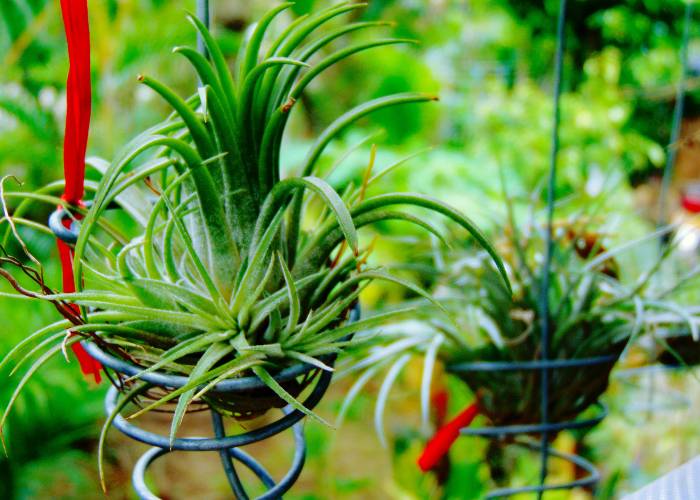
Final Thoughts
Taking care of your air plants during their blooming phase can be very rewarding. By giving them the right light, water, humidity, and nutrients, you can help your air plants bloom and enjoy their beautiful flowers. Remember, blooming is just one part of their life cycle, and with proper care, your air plant will keep thriving and produce new generations of lovely blooms. Enjoy the process of nurturing your air plants and watching their natural beauty unfold!
Read More Articles About Plant
Snow n Summer Asiatic Jasmine: Transform Your Garden in 3 Months
Rudbeckia Cappuccino plants: Ultimate Guide to Vibrant Blooms
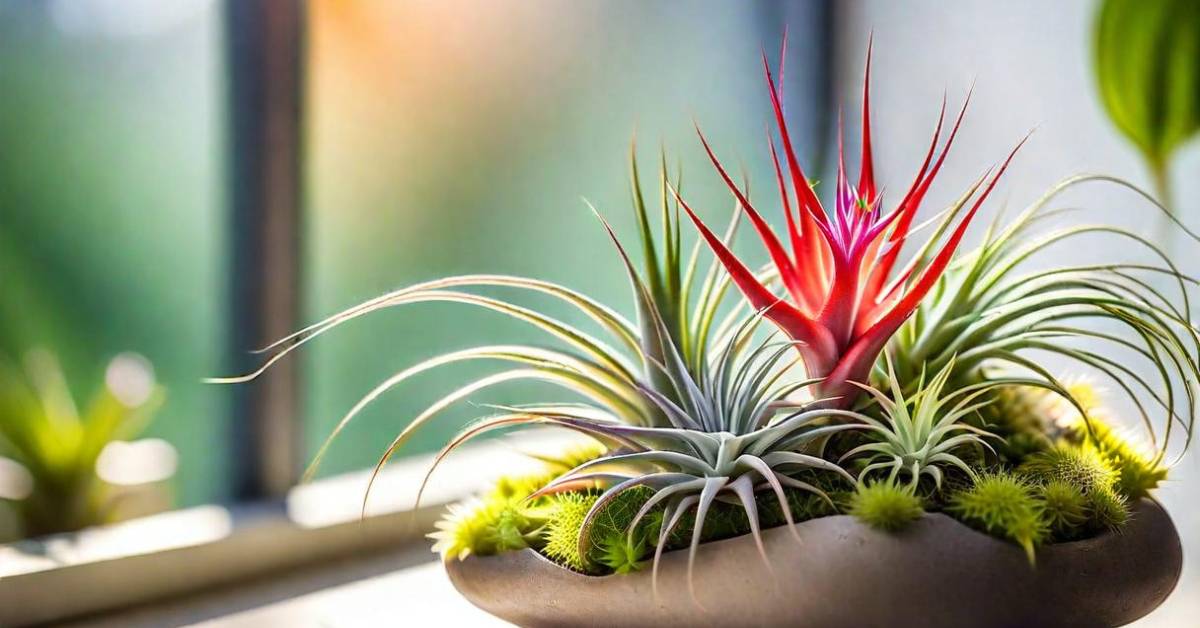
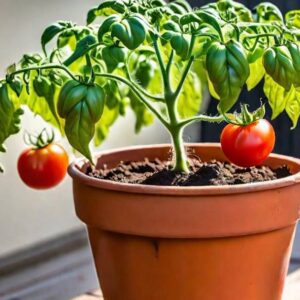
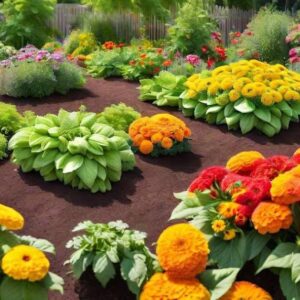
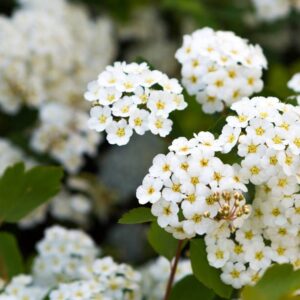
Thanks for sharing. I read many of your blog posts, cool, your blog is very good.
I don’t think the title of your article matches the content lol. Just kidding, mainly because I had some doubts after reading the article.
What the doubts about the article?